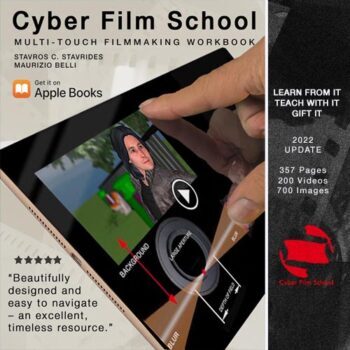Three Oscar-winning film editors – Stephen Mirrione, Anne Coates, and William Goldenberg explain scene coverage and why you should always cover a scene.
Who else but an editor can give the best expert advice on scene coverage? After all, career editors are the ones who see ALL the footage, review the coverage mistakes, and solve a film’s unforeseen problems.
The editor sees possibilities not yet contemplated by others and offers a fresh take on the material in the interest of the director’s vision.
All editors agree that shooting enough angles gives you the flexibility to affect the rhythm and emotion of a scene and to change it around in the edit. “What’s important for the audience to pay attention to?” Mirrione asks, “What’s the point of view of the scene?”
And should when we are filming, should we cover the master shot first, or do we begin with close-up shots then do the master shot? That would depend on your resources.
Anne Coates likes to have a long shot to cover a scene but always advises to shoot a cover shot whether you use them or not. William Goldenberg refers to cover shots as “escape hatches”; the shots that give you entry and exit points when you wish to shorten or otherwise cut around some action to alter a scene.
These exclusive interviews originate from our chapter “Scene Coverage,” in Cyber Film School’s Multi-Touch Textbook. Get it on Apple Books.

